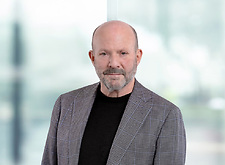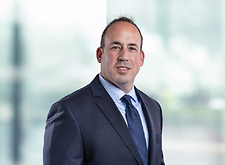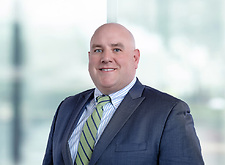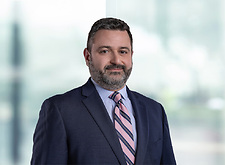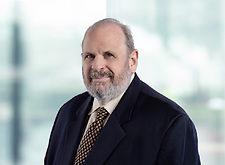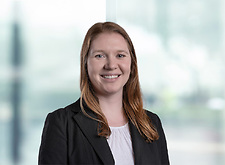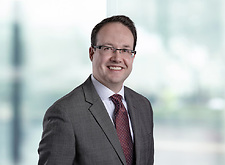New York Public Service Commission Directs Further Action be Taken by the State's Utilities Before Authorizing Transmission Upgrades to Advance New York's Climate Goals
On Thursday, September 9, the Public Service Commission (“PSC”) announced, in a 50-page order, that further study is required in the effort to make the goals adopted in the Climate Leadership and Community Protection Act of 2019 (“CLCPA”) a priority in planning upgrades to the local Transmission and Distribution networks of the State’s utilities, i.e., those portions of the State’s electric grid under the authority of the PSC, not the Federal Energy Regulatory Commission (the “Order”). In the Accelerated Renewable Energy Growth and Community Benefit Act of 2020, the Legislature directed the PSC to identify transmission upgrades needed “to facilitate the timely achievement of the CLCPA targets.” In the new Order on Local Transmission and Distribution Planning Process and Phase 2 Project Proposals, the PSC directed the State’s utilities to undertake additional work in several areas, but did not authorize any specific upgrades.
Responding to the PSC’s initial order in this docket, in November of 2020, the utilities identified needed transmission and development (“T&D”) upgrades and grouped them into Phase 1 - projects already on the drawing board as part of business-as-usual local T&D planning that would benefit access to renewable energy sources - and Phase 2 - projects specifically tailored to increasing the delivery of renewable energy to customers, but not currently in the planning process. In the new order, the PSC continues to put off authorizing the utilities to move forward on any Phase 2 projects, and directs the utilities to further refine the cost/benefit analysis (“BCA”) used to evaluate upgrades and directs its staff to standardize accounting for “headroom,” the allocation of additional transmission capacity within the system as it currently exists.
The order also:
- Directs the utilities to develop and propose, for PSC review and approval, a transmission planning process to comply with the Accelerated Renewable Energy Growth and Community Benefit Act that integrates their local T&D planning with New York Independent System Operator’s ("NYISO") bulk power transmission planning processes and New York State Energy Research and Development Authority’s (“NYSERDA”) renewables procurement program.
- Establishes a cost allocation method that allocates the costs of local T&D investments driven by the CLCPA goals across the State based on load share.
- Provides a conceptual approach for approving and assessing the collective costs of CLCPA-driven local T&D projects in vintage groupings on a cyclical basis.
- Confirms its sole authority for setting rates to recover their costs.
- Notes that further streamlining of the Article VII regulations is being examined by DPS and suggests ways to expedite the Article VII process within its current regulations.
Hodgson Russ Insights:
Power sector decarbonization will not be achieved absent significant transmission upgrades, not only to the bulk power system, but also to local T&D networks. Coming on the same day the Commission granted Certificates of Environmental Compatibility and Public Need to the $484 million, 86-mile long Smart Path project in St. Lawrence County, and the $100 million, 12-mile-long Rock Tavern to Sugarloaf transmission project in Orange County, last week’s Order is a reminder that upgrades to the local networks are also needed, and that the State remains in the planning stages in that regard. NYISO had previously identified the priority areas depicted in the Order as the likeliest to experience increased congestion and curtailment issues in the absence of upgrades. The Order’s agreement with NY-BEST and others that the utilities’ “approach overlooks alternatives such as energy storage” is a welcome reminder, in the words of the Order, that “the [u]tilities must be able to demonstrate both that the upgrades are the least cost or highest value options as compared to advanced technology solutions and other potentially viable alternatives.”
While the Order may well result in greater opportunities for non-utility developers to meet the needs of the system, the PSC should avoid prolonging existing bottlenecks in the pursuit of perfection.
If you have questions about the Order, the opportunities for participating in the New York CLCPA efforts, or questions about the transmission planning and siting processes, contact John Dax (518.433.2414), Dan Spitzer (716.848.1420), William McLaughlin (518.433.2449), or another member of the Hodgson Russ Renewable Energy Practice.
Featured
- Partner
- Partner
- Partner
- Partner
- Associate
- Partner
- Associate
- Partner
- Partner
- Partner
- Partner
- Partner
- Senior Associate
- Partner
- Partner
- Co-Chair of the Firm, Partner
- Partner

